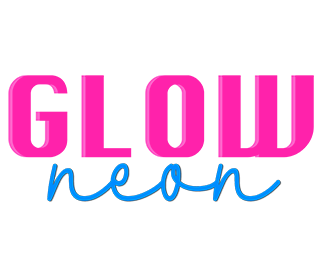Uncover the story behind “Who Invented Neon Lights” and delve into the pioneering work of Georges Claude, the visionary behind this revolutionary lighting technology. Explore how Claude’s invention reshaped the world’s visual landscape, from its humble beginnings to its enduring cultural impact.
Table of Contents
ToggleWho Invented Neon Lights
Georges Claude, a renowned French engineer and inventor, left an indelible mark on the world with his groundbreaking creation: neon lights. Born in 1870 in Paris, Claude displayed an early aptitude for science and innovation. After completing his education in engineering, he embarked on a career marked by numerous technological advancements.

The Invention Of Neon Lights
Claude’s journey towards inventing neon lights began with his fascination with gases and their properties. In the early 20th century, he conducted pioneering experiments that led to the discovery of the luminous qualities of neon gas. Claude observed that when an electric current passed through neon gas, it emitted a bright and colorful glow.
Building on this discovery, Claude developed the first practical application of neon lighting. In 1910, he unveiled the world’s first neon light tubes, showcasing their vibrant hues and captivating allure. The debut of neon lights marked a significant milestone in the history of lighting technology, offering a revolutionary alternative to traditional incandescent and gas lighting methods.

Commercialization of Neon Lights
Recognizing the commercial potential of his invention, Claude embarked on a mission to popularize neon lights. In 1910, he showcased his creation at the Paris Motor Show, where it captivated attendees with its dazzling display of colors. The public’s enthusiastic response solidified neon lights as a must-have feature for businesses and cityscapes alike.
As demand for neon lights soared, Claude founded companies dedicated to their production and installation. Neon signage quickly became synonymous with urban landscapes, adorning storefronts, theaters, and city streets around the world. From Times Square to the bustling streets of Tokyo, neon lights illuminated the night and captured the imagination of millions.

Today’s Uses and Advancements of Neon Lights
In the modern era, neon lights continue to shine bright across a myriad of applications. While traditional neon tubes remain popular for signage and architectural lighting, advancements in technology have given rise to LED neon lights. These energy-efficient alternatives offer the same vibrant colors and eye-catching glow as traditional neon, with the added benefits of longevity and versatility.
From advertising and branding to art installations and interior design, neon lights remain a beloved choice for adding ambiance and visual impact to spaces. Whether illuminating a bustling cityscape or adorning a trendy cafe, neon lights evoke a sense of nostalgia and excitement wherever they are found.

Conclusion
Georges Claude’s invention of neon lights represents a triumph of innovation and imagination. From its humble beginnings as a scientific curiosity to its status as a cultural icon, neon lighting has left an indelible mark on society. As we look to the future, neon lights continue to inspire awe and wonder, reminding us of the power of creativity to illuminate the world around us. Discover modern LED neon signs at Glow Neon Store, embracing the legacy of Claude’s invention with contemporary flair.
FAQs
What specific experiments did Georges Claude conduct that led to the discovery of the luminous qualities of neon gas?
Georges Claude’s meticulous experimentation with gases led to the discovery of neon’s luminous properties, culminating in the invention of neon lights. His innovative spirit and scientific curiosity propelled him to develop practical applications for neon gas, resulting in the creation of the world’s first neon light tubes.
How did the commercialization of neon lights impact urban landscapes and architectural design in the early 20th century?
The commercialization of neon lights transformed urban landscapes, with neon signs becoming iconic features of city streets worldwide. From Times Square to Tokyo, these vibrant displays captivated the public imagination, shaping architectural aesthetics and urban culture.
Are there any notable examples of contemporary applications of neon lights that weren’t mentioned, particularly in emerging industries or artistic installations?
Neon lights have evolved beyond signage, finding innovative uses in stage lighting, entertainment, and artistic installations. Their versatility and visual impact continue to inspire creativity across various industries, showcasing their enduring relevance and allure in contemporary society.



